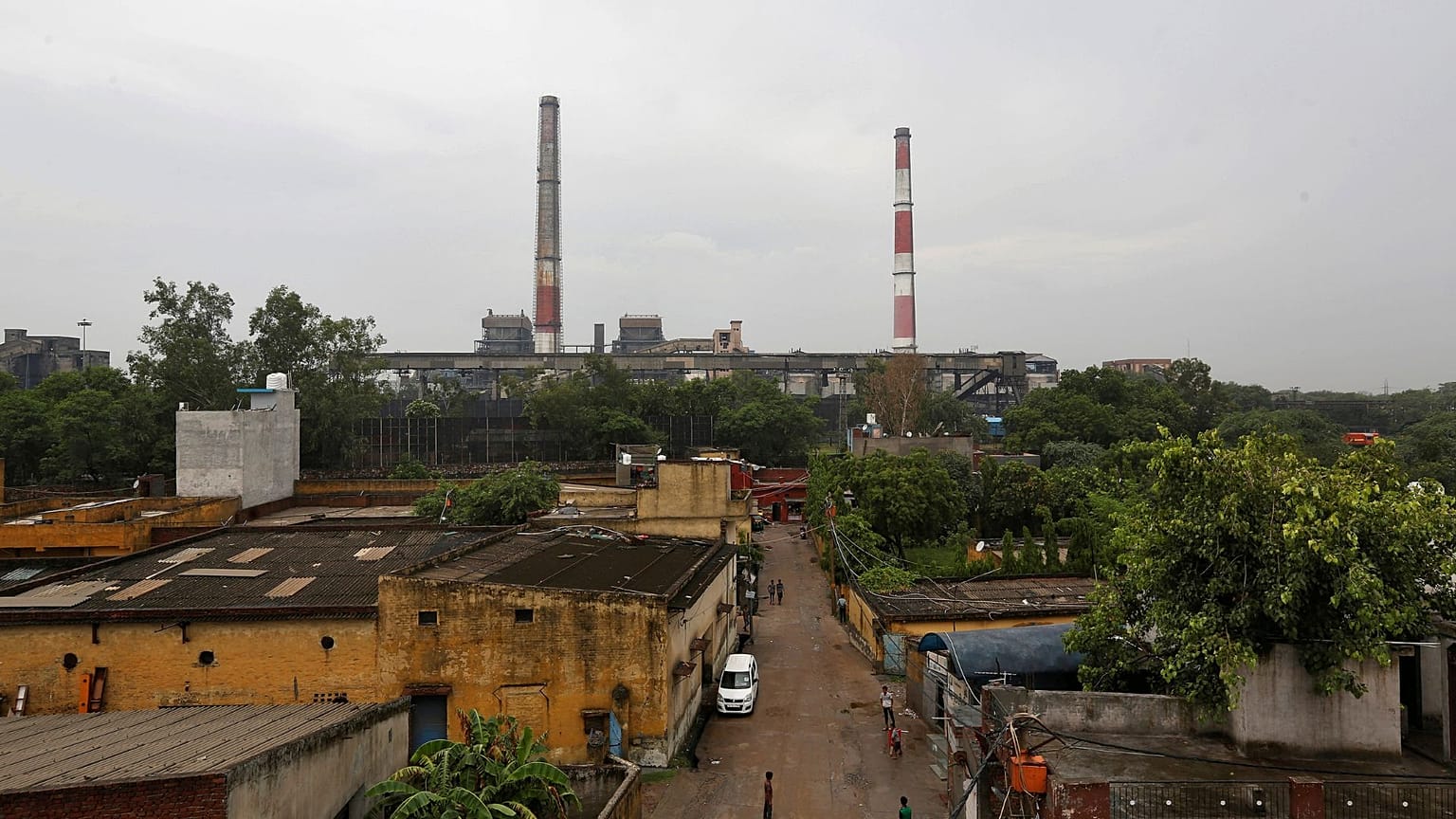India’s greenhouse gas emissions rate fell by one-third in 14 years, sources reveal.
India's greenhouse emissions rate dropped by 33 per cent in 14 years, officials report.
This drop is faster than expected and is down to a rise in renewable energy generation and forest cover, according to two officials who have seen the latest assessment made for submission to the United Nations.
The report's findings showed India well on the way to meeting a commitment to the United Nations Convention on Climate Change (UNFCCC), to reduce emissions intensity by 45 per cent from the 2005 level by 2030.
India's rate of emissions intensity - the total amount of greenhouse gas emissions emitted for every unit increase of gross domestic product (GDP) - fell by 33 per cent from 2005 to 2019, officials privy to the preparations of the Third National Communication (TNC) report said.
Many countries are preparing their TNC reports to update the UNFCCC on their efforts to mitigate emissions.
India reached its fastest ever emissions rate reduction
India's average rate of reduction in emissions increased to 3 per cent annually in the period 2016-2019, from just about 1.5 per cent in the period 2014-2016.
It was the fastest reduction so far, and was largely attributable to the government's push towards renewables, even as fossil fuel continues to dominate the energy mix.
“There is continuous reduction in the emission intensity of the Indian economy, which shows the country has been able to completely decouple its economic growth from greenhouse gas emissions,” one official, who declined to be named, told news agency Reuters.
The progress made on reducing emissions intensity should help India avert pressure by developed nations to stop using coal, the second official said.
Forest cover and green hydrogen are helping India reduce emissions
This official said a substantial increase in forest cover and schemes promoting non-fossil generation and targeting emissions in industrial, automotive and energy sectors has led to the sharp reduction in India's emissions intensity.
As of 2019, forests and trees covered 24.56 per cent, or 80.73 million hectares, of India.
Recently, India has also been trying to promote green hydrogen, manufactured by splitting water molecules using renewable energy.
A third official said the report is yet to be ratified by the federal cabinet.
India’s environment ministry did not respond to queries sent on Monday by Reuters.
Renewables account for more than one-quarter of India's power generation
Central Electricity Authority data shows that non-fossil fuel-based power - including hydro, nuclear and renewable energy - accounted for 25.3 per cent of India's total power generation in the fiscal year that ended in March, up from 24.6 per cent three years earlier.
Thermal power stations still provide 73 per cent of the electricity consumed, down from about 75 per cent in 2019.
The Group of 20 (G20) major economies failed twice last month to agree on phasing out the use of fossil fuels and on setting concrete targets to cut emissions.
Developing countries including India are resisting higher emission reduction targets, arguing that industrialised nations unfettered use of fossil fuels have depleted resources.


















